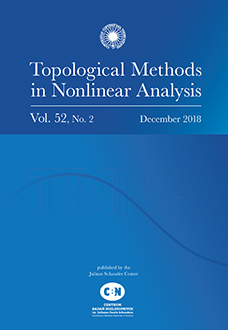Abstract
The Conley index theory is a powerful topological tool for describing the basic structure of dynamical systems. One important feature of this theory is the attractor-repeller decomposition of isolated invariant sets. In this decomposition, all points in the invariant set belong to the attractor, its associated dual repeller, or a connecting region. In this connecting region, points tend towards the attractor in forwards time and the repeller in backwards time. This decomposition is also, in a certain topological sense, stable under perturbation. Conley theory is well-developed for flows and homeomorphisms, and has also been extended to some more abstract settings such as semiflows and relations. In this paper we aim to extend the attractor-repeller decomposition, including its stability under perturbation, to continuous time set-valued dynamical systems. The most common of these systems are differential inclusions such as Filippov systems. Of particular importance for this generalization is the perturbation of Filippov systems to nearby smooth systems.
Citation
Cameron Thieme. "Conley index theory and the attractor-repeller decomposition for differential inclusions." Topol. Methods Nonlinear Anal. 59 (1) 87 - 111, 2022. https://doi.org/10.12775/TMNA.2021.018
Information





